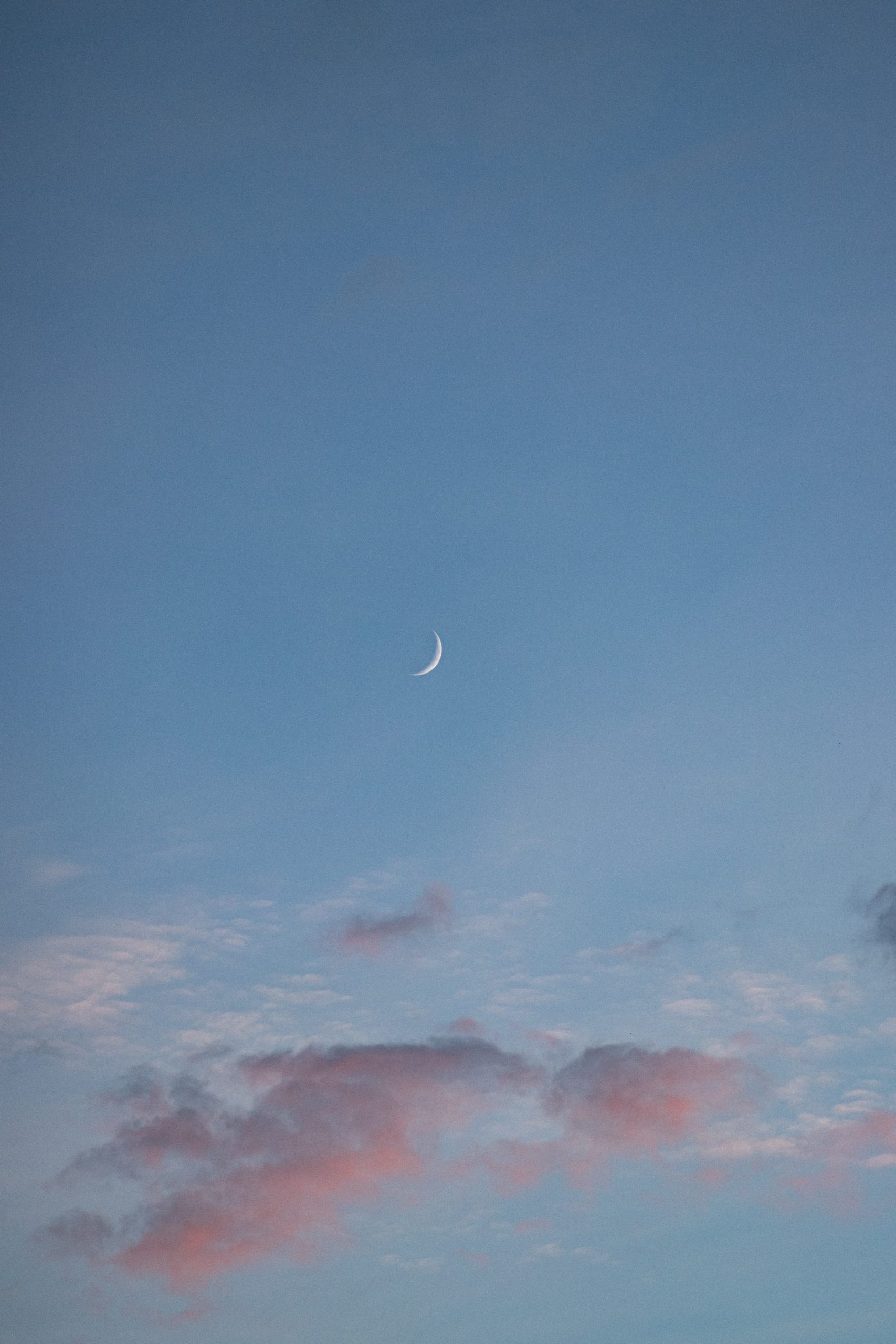The Eight Phases of the Moon: Understanding Lunar Changes
Have you ever looked up at the night sky and wondered about the different phases of the moon? This celestial body has fascinated humans for centuries, with its luminous presence and ever-changing appearance. While it may seem like the moon is in a constant state of flux, it actually goes through eight distinct phases during its monthly cycle. In this blog post, we will explore each phase in detail, shedding light on the beauty and mystery of our closest celestial neighbor.
1. New Moon
The lunar cycle begins with the new moon phase. During this stage, the moon is positioned between the Earth and the Sun, with the side of the moon facing Earth completely in darkness. As a result, we cannot see the new moon directly from our vantage point on Earth. Fascinatingly, this phase lasts only a brief moment, usually lasting no longer than a day.
2. Waxing Crescent
As the days progress, a small sliver of the moon becomes visible. This is known as the waxing crescent phase. In this phase, the moon is gradually moving away from the Sun, and a small portion of the illuminated side becomes visible from Earth. You can observe the waxing crescent in the western sky shortly after sunset. The illumination increases each day, symbolizing the moon’s transition to the next phase.
3. First Quarter
During the first quarter phase, half of the moon becomes visible to us. This phase is also called the half moon or the waxing gibbous phase. At this point, the moon is exactly 90 degrees away from the Sun, which means it is one-quarter of its way through the lunar month. The first quarter moon is visible in the evening sky, generally high above the horizon, and it sets around midnight.
4. Waxing Gibbous
As the moon continues its monthly journey, it enters the waxing gibbous phase. In this phase, more than half of the moon is illuminated, but it is not yet a full moon. The name “gibbous” refers to the moon’s shape, which is more than a half-circle but not completely round. During this phase, the moon appears considerably brighter and larger, getting closer to its fullest illumination.
5. Full Moon
A widely recognized and celebrated phase, the full moon occurs when the moon is completely illuminated in all its glory. During this phase, the moon is positioned opposite the Sun, with Earth directly in between them. This alignment allows the entire illuminated side of the moon to be visible from our perspective. Full moons are often associated with various cultural and religious practices and have inspired countless legends and myths throughout history.
6. Waning Gibbous
After reaching its fullest illumination, the moon begins its gradual transition back to darkness. The waning gibbous phase occurs when the moon’s illumination is decreasing but is still more than half lit. Similar to the waxing gibbous phase, the moon appears to be more than a half-circle but less than fully round. The waning gibbous moon can be seen in the early morning sky, and it sets in the west around sunrise.
7. Third Quarter
As the moon continues to move along its orbit, it enters the third quarter phase. In this phase, half of the moon is visible from Earth, but it appears opposite to the first quarter phase. The third quarter moon rises around midnight and sets around noon. It is often referred to as the half moon, as only half of the moon’s illuminated side is visible to us.
8. Waning Crescent
The final phase of the lunar cycle is the waning crescent. During this phase, a small sliver of the moon becomes visible once again, but this time on the left side. The waning crescent phase marks the closing stage of the lunar cycle, as the moon moves back towards its new moon phase. The waning crescent moon is visible before dawn, low in the eastern sky. As the days progress, less of the moon’s illuminated side is visible until it eventually returns to its new moon phase, restarting the cycle.
Conclusion
The moon’s eight phases take us on a captivating journey through its monthly cycle. From the pitch-black new moon to the radiant full moon, each phase has its own charm and significance. Understanding these phases not only connects us to the natural world but also enables us to predict the moon’s appearance and plan various outdoor activities accordingly. So, the next time you gaze up at the night sky, take a moment to appreciate the moon’s ever-changing beauty and wonder at the celestial dance happening right before your eyes.
Table of Contents
